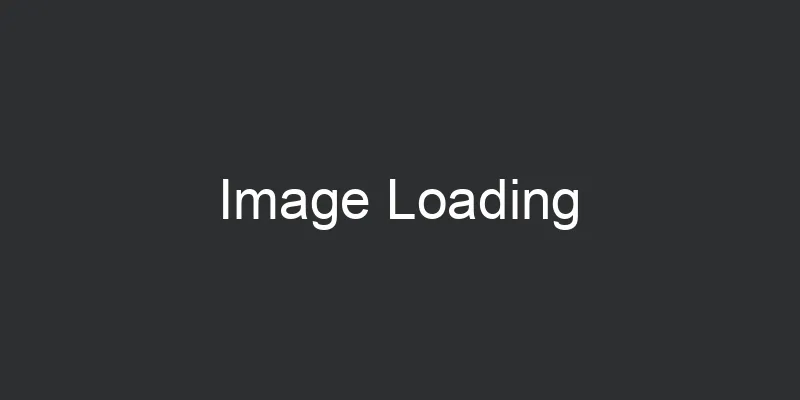Blog
The first thing you have to decide after a brilliant idea of a web app popped up into your head is a technology stack. The good news is that the range of technologies to choose from is indeed wide nowadays. But, on the flip side, it makes the choice harder than ever before. In this blog post, we’ll explain what components of a tech stack you should consider. We’ll also provide you with some recommendations on the best options available today.
What is a technology stack?
Simply put, a tech stack is the whole set of technologies required to
build a software product.
In web development, it comprises two building blocks: a server side (or back end) and
client side (or front end). The front-end part is, basically, everything that a user
directly interacts with as well as the logic behind it. For instance, when you enter a
website, you can see text content, images, search bars, videos, and other elements of a user
interface. This is a client side of a web application. It’s loaded in a web browser and
allows you to have convenient user experience with a program.
At the same time, a back end refers to all components which do the work behind the scenes. This
is where the data is stored so users engage with this part only indirectly. So let’s say you
want to find a funny cat video on YouTube. After you type your query in the search box, the relevant
request will be sent to a server side. The back-end scripts will process such a request, pull
the videos meeting your search criteria from a database, and send them back to you.

Front-end technologies
Building a client side of a web application becomes possible due to the following elements, which are often referred to as “the core of the World Wide Web”:
- HTML (Hypertext Markup Language). It’s a markup language that determines the structure of the information on a web page, for example, headers, body, images, etc.
- CSS (Cascading Style Sheets). It’s a stylesheet language that determines the style elements of a web page like colors, fonts, and layouts.
- JavaScript (or JS). It’s a scripting language that enables interactivity of web pages. This may include anything from pop-up notifications to dialog boxes and alerts.
HTML and CSS have several versions but the general recommendation is to stick with the latest ones, i.e. HTML5 and CSS4. The choice is, however, much richer when it comes to picking the right JS framework . But if you’re looking for something proven and reliable, Angular should be on the top of your list. It’s one of the most popular frameworks for front-end development and you can’t go wrong with it.
Advantages of the Angular framework
Angular is a TypeScript-based platform that appeared as the evolution of AngularJS, a JS framework created by Google. Nowadays, it’s a part of many popular web development stacks. And even such market leaders as HBO, Sony, Upwork, and General Motors actively utilize this technology. Why? To answer this question, let’s look at its main advantages:
- TypeScript usage. TypeScript has a sophisticated error identification feature that helps programmers notice and fix most mistakes while coding. This allows for better code optimization.
- Mobile-oriented approach. Angular-based web applications are lightweight due to so-called lazy scripting. As a result, they can be downloaded faster and perform well on mobile devices.
- Component-based architecture. Since each UI component is independent, it’s easier for programmers to test, maintain, and update a web app.
- Reduced development time. Angular has its official command-line interface as well as many other tools that help developers to build a web application faster.
- Support & Community. Angular is frequently updated and has a wide community of programmers.
Back-end technologies
The server side consists of more components and, thus, there are more web development technologies to consider:
- Operating system. Linux, iOS, and Windows are the most popular ones. But most modern web development technologies strive to be cross-platform.
- Server. It handles requests received from a web browser. Apache and Nginx nowadays dominate the market.
- Database. There are two types of them: relational (SQL) and non-relational (NoSQL). If your web app is going to deal with a large amount of unstructured data, a NoSQL database will suit it better (e.g. MongoDB or Oracle NoSQL). In all other cases, you can confidently opt for a SQL database (e.g. MySQL or Oracle)
- Programming language. Like with the front-end, there are also a lot of frameworks that can speed up the development.
Choosing a programming language and a framework for back-end web development is probably the toughest challenge of the whole process. JavaScript (Node.js), Python (Django), PHP (Laravel), Ruby (Ruby on Rails), and C#, (ASP.Net) are among the most used ones. We recommend .Net as it has numerous benefits over other mentioned frameworks.
Advantages of the .NET framework
The .NET framework was developed by Microsoft. And here’s what you get if you choose this technology:
- Object-oriented programming. Along with reusable components, it means less time needed for coding that leads to lower development costs.
- Quality code. The framework offers a lot of tools for programmers. Specifically, Visual Studio IDE integration makes building and debugging an app easier and more effective.
- Reliability. With .Net, you can develop a reliable high-performance web app that can be easily scaled.
- Versatility. .Net allows for building different kinds of web solutions, from the simplest apps to the huge enterprise-level systems.
Wrapping-up
Picking the best technologies for web application development is probably one of the most important decisions you should make before building a web solution. While each of the front-end and back-end components are essential in this process, programming languages and frameworks have the greatest impact on the ultimate product quality. The Angular framework for a client side and the .Net framework for a server side are the most optimal choices that fit well projects of all complexity levels.
